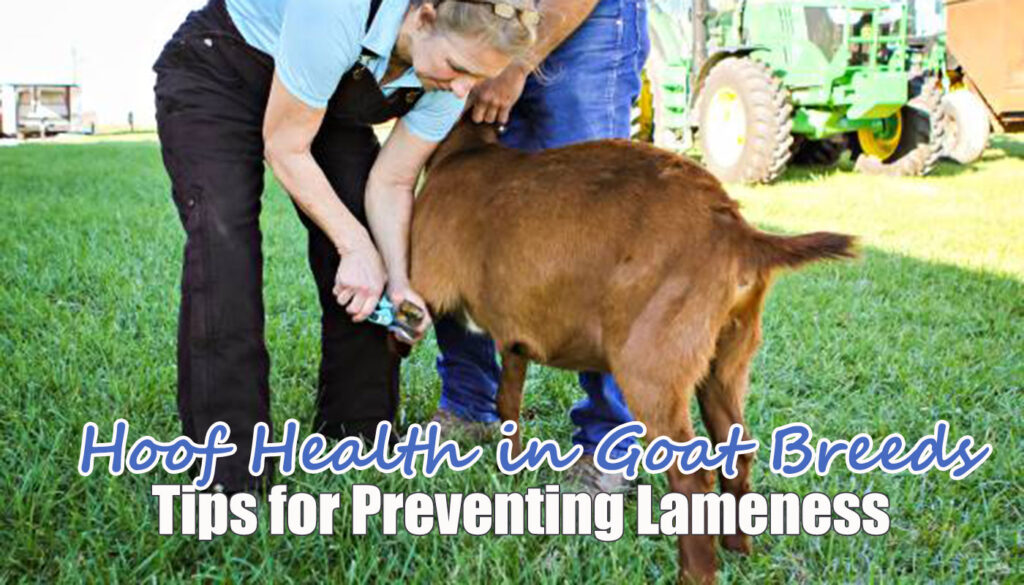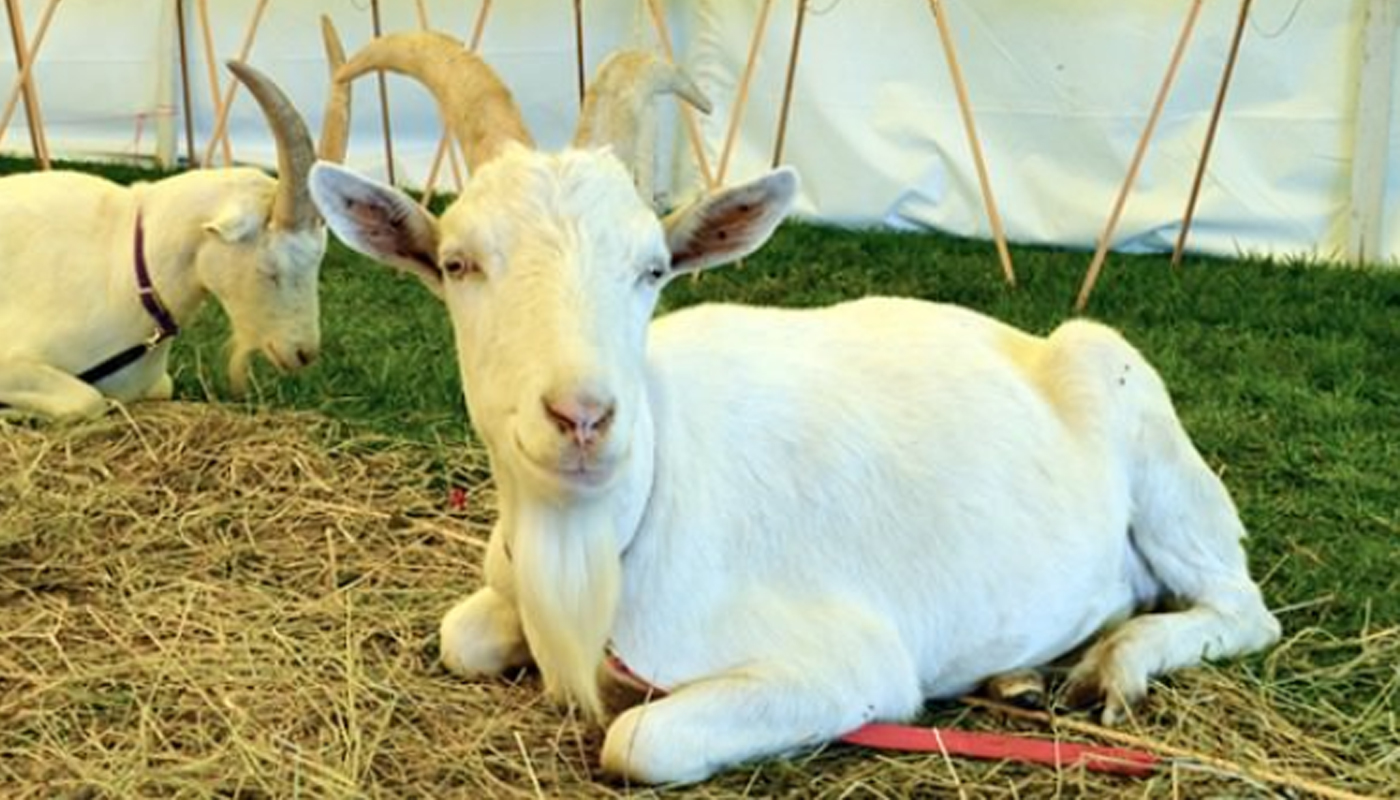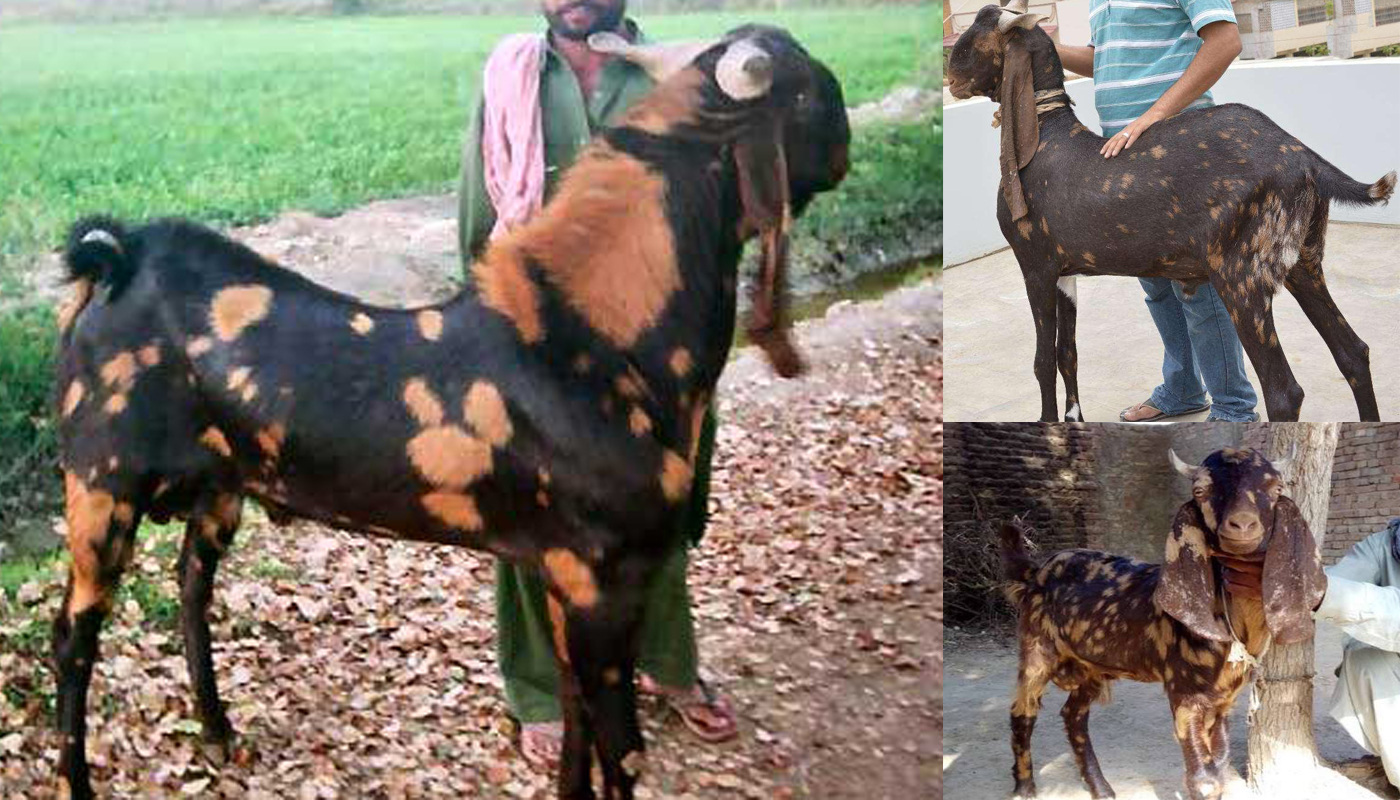
Goats are delightful creatures, cherished for their curious nature, milk, and even companionship. However, like any animal, they require attentive care to thrive. One crucial aspect of goat husbandry is managing their hoof health. Lameness can be a significant issue in goat breeds, affecting their overall well-being and productivity. Fortunately, with proper attention and care, many hoof problems can be prevented. In this blog post, we’ll explore some tips for maintaining hoof health and preventing lameness in goats.
Understanding Hoof Structure: Before diving into preventive measures, it’s essential to understand the structure of a goat’s hoof. Goats have cloven hooves, consisting of two primary parts: the hard outer shell called the hoof capsule and the soft inner tissue known as the corium. The hoof capsule protects the corium, which contains blood vessels and nerves crucial for hoof growth and sensitivity.
Common Hoof Problems:
Common Hoof Problems in Goat Breeds:
- Hoof Rot: Hoof rot, also known as foot scald or foot rot, is a common bacterial infection affecting goats’ hooves. It thrives in moist, unsanitary conditions and is caused by bacteria such as Fusobacterium necrophorum. Hoof rot typically begins as inflammation between the toes, leading to swelling, redness, and eventually, foul-smelling, necrotic tissue. If left untreated, it can progress to severe lameness and even systemic infection.
- Foot Abscesses: Foot abscesses are painful infections that occur when bacteria enter the hoof through cracks, punctures, or wounds. These infections can result from foreign objects lodging in the hoof or poor hoof hygiene. Symptoms include sudden lameness, heat, swelling, and pus discharge from the affected area. Treatment often involves drainage, cleaning, and antibiotic therapy.
- Overgrown Hooves: Overgrown hooves are a common issue in goats, particularly if they are not regularly trimmed. Overgrowth can alter the goat’s gait, leading to discomfort and lameness. Additionally, overgrown hooves can create pockets where debris accumulates, increasing the risk of bacterial and fungal infections.
- Thrush: Thrush is a fungal infection caused by organisms like Candida albicans and is characterized by a black, foul-smelling discharge in the clefts and crevices of the hoof. It thrives in damp, dirty environments and is often associated with poor sanitation. Thrush can lead to hoof deterioration, lameness, and discomfort if not promptly treated.
- White Line Disease: White line disease, also known as seedy toe, occurs when bacteria or fungi invade the inner layers of the hoof wall through separations in the white line (the junction between the sole and hoof wall). This can result in the breakdown of hoof tissue, leading to lameness and structural damage if not addressed.
- Cracks and Splits: Hoof cracks and splits can occur due to trauma, improper trimming, or environmental factors. These fissures provide entry points for bacteria and fungi, increasing the risk of infection and lameness. Depending on the severity, treatment may involve trimming, cleaning, and hoof protection to promote healing.
Preventive Measures:
Preventive Measures for Maintaining Hoof Health in Goat Breeds:
- Regular Hoof Trimming: Implement a schedule for routine hoof trimming every 6-8 weeks to prevent overgrowth and maintain proper hoof shape. Use sharp, clean tools and follow proper trimming techniques to avoid causing stress or injury to the goat. Regular trimming also helps to prevent cracks and splits, which can lead to infections.
- Clean, Dry Living Environment: Ensure that the goats’ living area is clean, dry, and well-drained to minimize the risk of bacterial and fungal infections. Remove manure regularly, provide clean bedding, and consider using materials like gravel or rubber mats in high-traffic areas to reduce moisture buildup and promote hoof health.
- Proper Nutrition: A balanced diet is essential for maintaining strong, healthy hooves. Ensure that goats have access to quality forage, supplemented with minerals such as zinc, copper, and biotin, which are important for hoof growth and integrity. Work with a veterinarian or nutritionist to formulate a diet that meets the specific nutritional needs of your goats.
- Regular Inspections: Conduct regular inspections of your goats’ hooves to check for signs of overgrowth, injury, or infection. Look for abnormalities such as swelling, redness, discharge, or foul odor, which may indicate underlying issues requiring attention. Early detection allows for prompt intervention and prevents minor problems from escalating into more serious conditions.
- Proper Foot Bathing: Implement foot bathing protocols to help prevent and control hoof infections. Use a solution of water and an appropriate disinfectant, such as copper sulfate or iodine, to soak the goats’ hooves periodically. This helps to kill bacteria and fungi, reduce inflammation, and promote overall hoof health. However, it’s essential to use foot baths judiciously and follow recommended guidelines to avoid overexposure or skin irritation.
- Quarantine New Arrivals: When introducing new goats to your herd, quarantine them for a period of time to prevent the spread of contagious hoof ailments. Monitor the new arrivals closely for any signs of hoof problems or other health issues before integrating them into the main herd.
- Provide Adequate Exercise: Encourage natural hoof wear by providing goats with ample space for exercise and movement. Regular exercise helps to promote blood circulation, strengthen hoof structures, and prevent issues such as overgrowth and hoof deformation. Ensure that goats have access to pasture or outdoor areas where they can roam, graze, and engage in natural behaviors.
By incorporating these preventive measures into your goat husbandry practices, you can help maintain optimal hoof health and reduce the risk of lameness and other hoof-related problems in your herd. Remember that proactive care and attention to detail are key to ensuring the overall well-being and longevity of your goats.
 Finding the Perfect Match: Matching Goat Breeds to Your Lifestyle
Finding the Perfect Match: Matching Goat Breeds to Your Lifestyle Oberhasli Goat Breed – Everything You Need to Know
Oberhasli Goat Breed – Everything You Need to Know American Lamancha Goat Breed – Everything You Need to Know
American Lamancha Goat Breed – Everything You Need to Know A Beginner’s Guide to Choosing the Right Goat Breed for Your Farm
A Beginner’s Guide to Choosing the Right Goat Breed for Your Farm 10 Goat Breeds for Beginner Goat Keepers
10 Goat Breeds for Beginner Goat Keepers Saanen Goat Breed – Everything You Need to Know
Saanen Goat Breed – Everything You Need to Know Nigerian Dwarf Goat Breed – Everything You Need to Know
Nigerian Dwarf Goat Breed – Everything You Need to Know Kamori Goat Breed – Everything You Need to Know
Kamori Goat Breed – Everything You Need to Know Black Bengal Goat Breed – Everything You Need to Know
Black Bengal Goat Breed – Everything You Need to Know Zalawadi Goat Breed – Everything You Need to Know
Zalawadi Goat Breed – Everything You Need to Know Appenzell Goat Breed – Everything You Need to Know
Appenzell Goat Breed – Everything You Need to Know 11 Smaller and Miniature Goat Breeds
11 Smaller and Miniature Goat Breeds